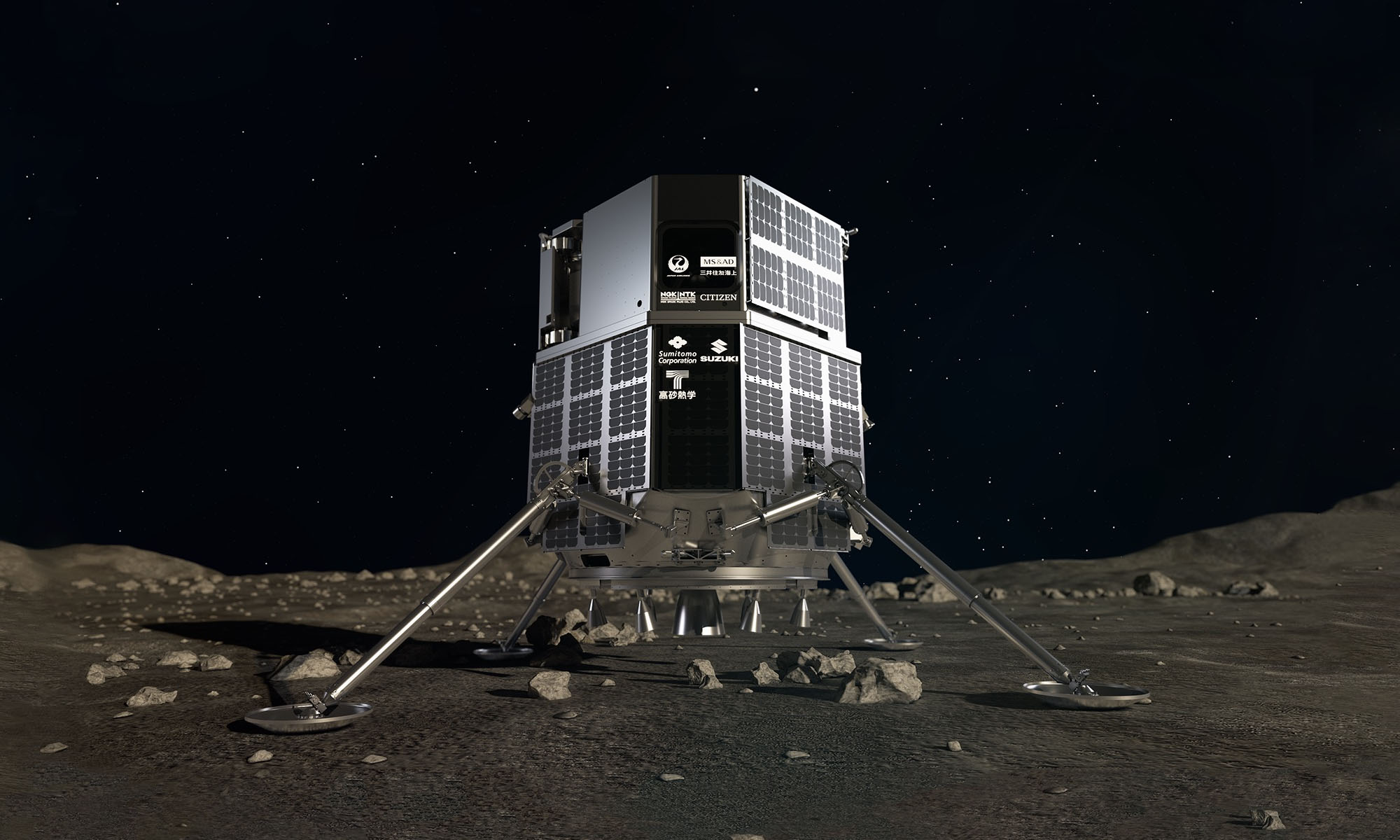News
The Rashid Rover Prepares For Its Lunar Exploration Mission
The UAE’s lunar mission will take off tomorrow, helping scientists figure out how to colonize new planets.

Tomorrow (Wednesday, November 30th), at 12:39pm (Gulf Standard Time), the Emirati-made Rashid Rover will lift off on its mission to the Moon, while the entire Arab world looks on with pride at this huge milestone.
Rashid Rover, named after Sheikh Rashid bin Saeed Al Maktoum, will touch down on the southeastern edge of the Moon’s Mare Frigoris (Sea of Cold), from where it will begin capturing data from the vast, unexplored basins of the lunar surface.
Sending home over 10 gigabytes of scientific data and images, Rashid Rover will help scientists to study the lunar geology by supplying information on soil content, plasma levels, dust movement and other details. The advanced vehicle will carry out its mission using 3D cameras, motion sensor systems, and communication tools powered by solar panels.
As well as helping experts back on Earth to better understand our own origins, Rashid Rover will also be at the forefront of developing new technologies that could see humans colonizing the Moon and, eventually, Mars.
“The mission embodies the aspirations of the UAE. Rashid Rover will collect images and information that will allow the UAE to conduct comprehensive and integrated studies on how to build a human settlement on the Moon, prepare for future missions to study Mars and provide the scientific community with answers about the solar system and other planets,” says Mohammed Bin Rashid Space Centre in an official statement.
Also Read: Saudi Arabia Will Be Home To A $5 Billion Floating City
To reach its destination, Rashid Rover will hitch a lift on SpaceX’s Falcon 9 rocket before making the final leg of the journey to the Moon’s surface using a lander called Hakuto-R M1. As the lander gets closer to the deck, the Japanese-made craft will first orbit the Moon in an elliptical trajectory before entering into a soft, vertical descent performed by fully-automated guidance systems.
Rashid Rover is the first of the UAE’s missions to the Moon, but it certainly won’t be the last. In September, MBRSC signed an agreement with the Chinese National Space Administration to begin joint projects and future lunar exploration, including sending another rover to the Moon on board Chang’e 7, which is expected to launch in 2026.
News
Google Releases Veo 2 AI Video Tool To MENA Users
The state-of-the-art video generation model is now available in Gemini, offering realistic AI-generated videos with better physics, motion, and detail.

Starting today, users of Gemini Advanced in the MENA region — and globally — can tap into Veo 2, Google’s next-generation video model.
Originally unveiled in 2024, Veo 2 has now been fully integrated into Gemini, supporting multiple languages including Arabic and English. The rollout now brings Google’s most advanced video AI directly into the hands of everyday users.
Veo 2 builds on the foundations of its predecessor with a more sophisticated understanding of the physical world. It’s designed to produce high-fidelity video content with cinematic detail, realistic motion, and greater visual consistency across a wide range of subjects and styles. Whether recreating natural landscapes, human interactions, or stylized environments, the model is capable of interpreting and translating written prompts into eight-second 720p videos that feel almost handcrafted.
Users can generate content directly through the Gemini platform — either via the web or mobile apps. The experience is pretty straightforward: users enter a text-based prompt, and Veo 2 returns a video in 16:9 landscape format, delivered as an MP4 file. These aren’t just generic clips — they can reflect creative, abstract, or highly specific scenarios, making the tool especially useful for content creators, marketers, or anyone experimenting with visual storytelling.
Also Read: Getting Started With Google Gemini: A Beginner’s Guide
To ensure transparency, each video is embedded with SynthID — a digital watermark developed by Google’s DeepMind. The watermark is invisible to the human eye but persists across editing, compression, and sharing. It identifies the video as AI-generated, addressing concerns around misinformation and media authenticity.
While Veo 2 is still in its early phases of public rollout, the technology is part of a broader push by Google to democratize advanced AI tools. With text-to-image, code generation, and now video creation integrated into Gemini, Google is positioning the platform as a full-spectrum creative assistant.
Access to Veo 2 starts today and will continue expanding in the coming weeks. Interested users can try it out at gemini.google.com or through the Gemini app on Android and iOS.























